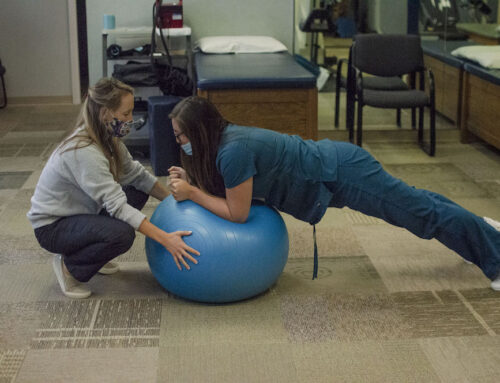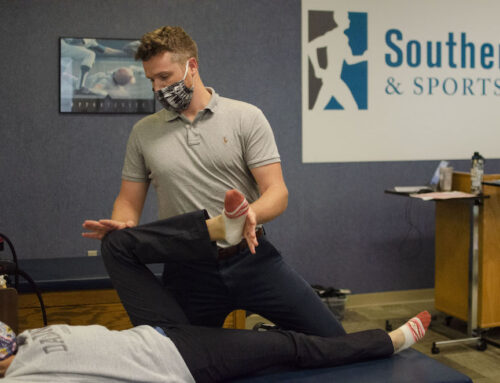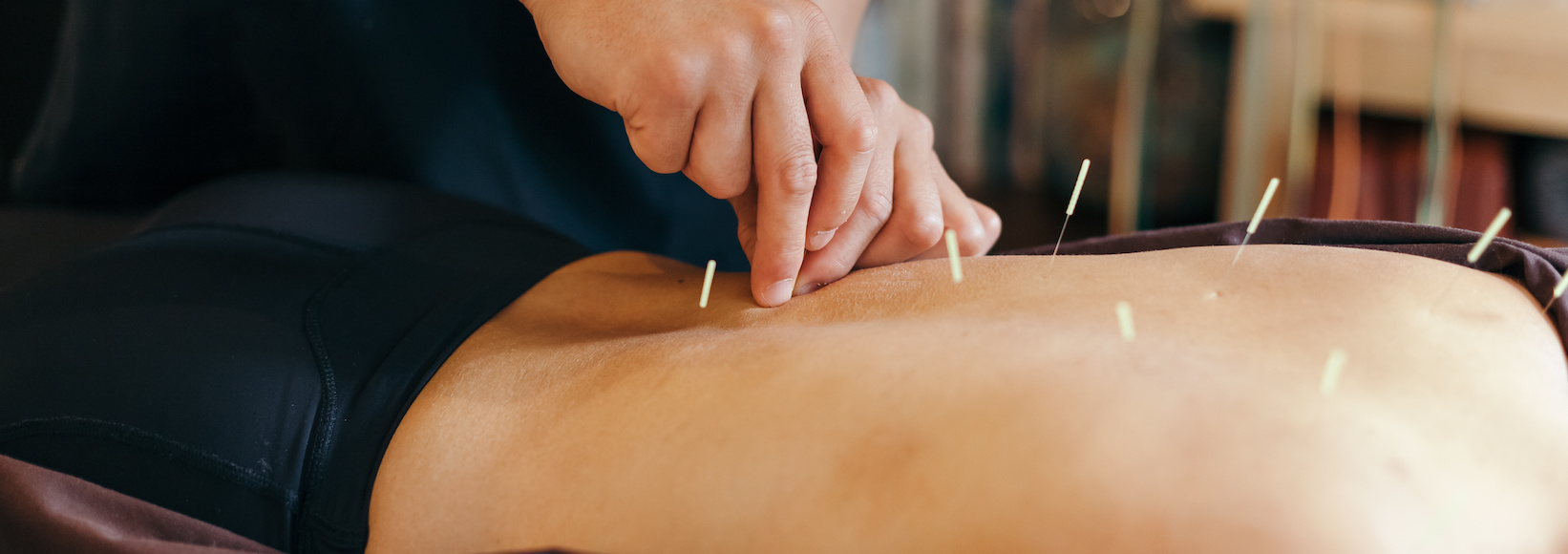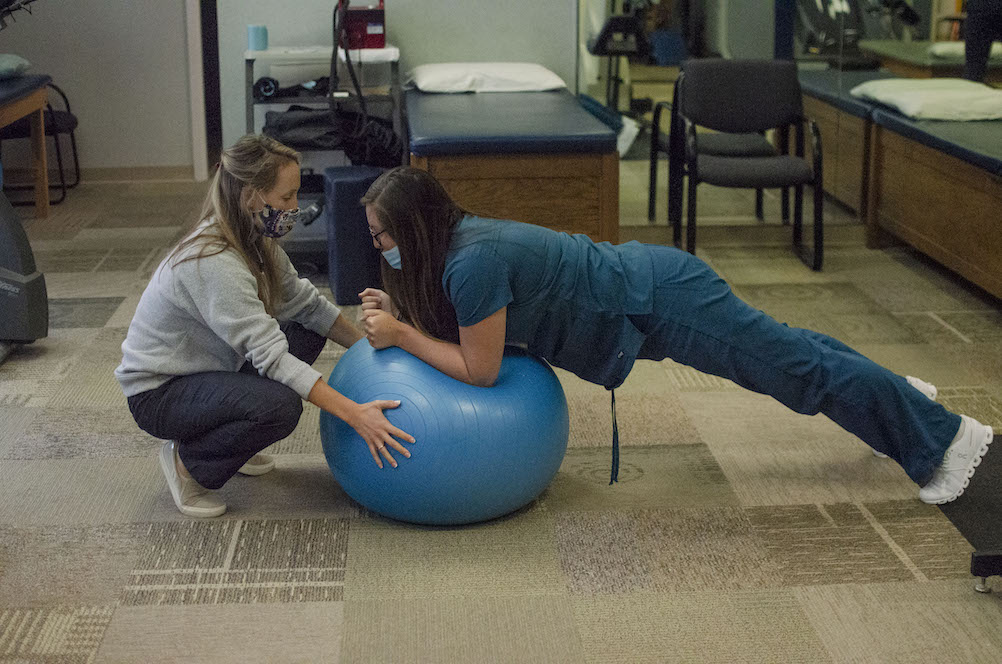Most people are no strangers to headaches. Because they are a common medical complaint, it can be easy to push through the pain, but it is important to know where the pain is actually coming from.
Although they all result in head pain, there are multiple types of headaches. Headaches can originate from stress, dehydration, fatigue and sinus issues, just to name a few. Isolating the cause is the most helpful way to discern the best treatment for your pain. One of the most common types of headache is known as a cervicogenic headache, which starts in the cervical spine (neck) region and is prompted by issues with the nerves, bones or muscles in your neck.
The Cause of Cervicogenic Headaches
These headaches often originate when the muscles at the base of the skull shorten and strain. Various aggravating factors can cause this strain, including inadequate sleeping habits, lifting heavy objects, sitting for long intervals and poor posture. Cervicogenic headaches are common for people who stand while working or sit at desks for long stretches of time, as this often results in posture issues. Sleeping in an awkward position can also cause these headaches by aggravating neck muscles.
Symptoms of Cervicogenic Headaches
Throbbing head pain is the most prevalent symptom, but other symptoms may come alongside that pain when suffering from a cervicogenic headache. Other common symptoms may include pain on one side of your head or face, a stiff neck, pain around the eyes or a headache that only accompanies certain neck movements or positions.
At times cervicogenic headaches have similar symptoms to migraine headaches including sensitivity to noise and light, blurred vision and an upset stomach.
How Physical Therapy Can Help
When experiencing a lasting headache it is a good idea to seek treatment to ensure the condition will not be a long-term issue. Working with a physical therapist is helpful to target and correct the issues and ease your pain.
Physical therapists at Southern Rehab and Sports Medicine work closely with patients to offer treatment plans to target the issues behind their cervicogenic headaches. This starts with an assessment to evaluate factors like cervical mobility, posture and myofascial tension to discern what treatment best fits each patient’s issues.
After assessing the main issue causing the individual’s pain, our team can use ergonomics and activity modification to help with fascial nerve tightness and restriction. By adjusting posture and myofascial tension, they can improve the individual’s mobility and make the pain less intense.
Physical therapy is an effective way to target the issue at hand and ease the pain from cervicogenic headaches. When looking for relief, the team at Southern Rehab and Sports Medicine is well-trained in targeting the cause and will work with you to prevent continued pain.









